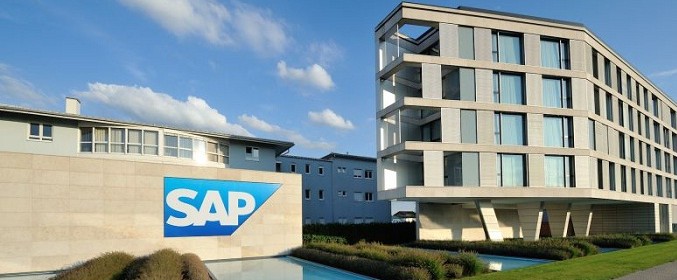How to Stay Competitive as COVID-19 Alters the Future of Fashion Retail

Rapidly changing market conditions show businesses no mercy. Companies are either prepared with the right solution or are not ready at all – and fashion retail is undoubtedly no exception. But when dealing with the aftermath of a pandemic, retailers must be ready for a marketplace that is completely upended.
While most economies worldwide are slowly recovering, the overall fashion retail market remains fragile. Incident rates continue to grow, leading to the possibility of further nationwide lockdowns. Government strategies aim to identify COVID-19 hot spots and take local measures to prevent further spread of the virus. And with each new wave of infections, the risk of even stricter measures cannot be completely ruled out.
Such dynamic social changes present a diverse range of buying behaviors that are emerging across all consumers. Preference for fast fashion may decline due to economic uncertainty, while a growing movement toward work-from-home arrangements is increasing demand for less profitable leisure. But at the same time, high-end apparel is experiencing an exponential rise as shoppers find new ways to spend their discretionary funds typically reserved for travel. And once stores begin to reopen, a dramatic surge in larger-than-usual transactions and more frequent visits will likely emerge as pent-up desire for in-person shopping experiences grows.
But no matter if a consumer is eager or weary about resuming their pre-pandemic shopping habits, online commerce will likely remain a significant part of the consumer journey long after the pandemic is a distant memory. And fashion retailers must remain resilient enough to adapt their sales strategies to every twist and turn in global and regional market conditions.
Prepare for the Unexpected with Omnichannel Commerce
Think back during the first set of lockdowns. Initially, only China’s markets were impacted. Then, as agencies detected the presence of COVID-19 in Europe, the first regional lockdowns were mandated in Italy and Spain, and more nations were later impacted as case numbers continued to climb and spread across the continent. In short order, North American, Latin American, and African countries were affected just as China’s economy began to rebound due to a gradual relaxing of restrictions and closely monitored rollout of brick-and-mortar store reopenings.
Even today, as we continue to fight the pandemic, one store can open without any restrictions but another location offering the same brand in a nearby town or state may be limited in its foot traffic capacity. For some fashion retailers, the secret to recovering sales in such an uneven competitive landscape is the use of omnichannel touchpoints.
For example, brands may reorganize their store networks with flagship or pop-up stores to give customers a tactile shopping experience before ordering a new item while relying on online commerce channels to build revenue. Meanwhile, many retailers offset supply chain overages by selling excess inventory at full price when the related season comes again or through promotions or outlets.
No matter the economic condition, timely decisions are essential to run an omnichannel model without narrowing sale margins and impacting the bottom line. With the analytical capabilities of SAP S/4HANA, fashion retailers get a real-time overview of their actual sales figures and all relevant finance key performance indicators. Sales executives can adjust promotions, change article pricing and discounts, and replan the required store personnel’s working hours.
Now suppose a fashion retailer needs to close stores due to a renovation or the launch of a new store format. The brand can use data to predict how its response will impact the business and its consumers. This exercise of considering immediate feedback from shoppers turns operational data into inspiration for further improvements.
Then, with the unified demand forecast component of SAP Customer Activity Repository, retailers can analyze historical sales data to identify influencing demand factors, such as price changes, promotions, seasonality, public holidays, and trends. Based on these demand models, algorithms in the unified demand forecast component of SAP Customer Activity Repository can predict the effects of similar occurrences in the future and use that intelligence to determine future demand and upselling potential.
Embrace the Fundamental Importance of Omnichannel Commerce
The importance of omnichannel has never been so fundamental to the fashion industry’s success as it has become now. Online and in-person commerce models must provide a consistent and seamless buying experience that allows consumers to buy a product in any omnichannel touchpoint and collect or return it in a selected storefront of their choice.
By rethinking their current strategy, fashion retailers can drive consumer demand with attractive, strategically placed, seamless, and easy-to-use experiences that are also accessible anytime, anywhere, and on any mobile device. And most importantly, they can set the foundation for offering products that are always available and delivering every order quickly and reliably.
SOURCE: SAP













